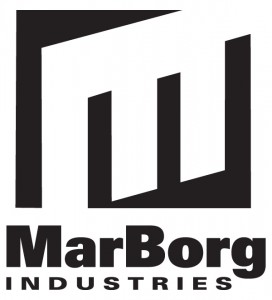Wednesday, October 11, 2017
At the Loma Pelona Conference Center, University of California, Santa Barbara
We would like to invite you to participate in the 7th annual Central Coast Sustainability Summit on Wednesday, October 11th, 2017.
Key players from local institutions and government agencies will gather to build collaborations for a lasting central coast.
The Summit is planned by partners from the Community Environmental Council; the Cities of Goleta, Santa Barbara, and Carpinteria; the County of Santa Barbara; and the University of California, Santa Barbara, and we seek to inspire and sustain action on complex environmental and economic issues in our region.
The event brings together elected officials, staff, faculty, and interested parties from local governments and organizations to discuss common sustainability issues, share best practices, and seek partners.
Since the summit began in fall 2011, it has served as an incubator for regional initiatives. The spin-offs include the Multi-jurisdictional Renewable Energy Task Force exploring the feasibility of community choice aggregation, and the cross-agency Volunteer Management Program, which enabled local non-profits to shift from a model of recruitment per organization to a collective model of joint recruitment to the environmental movement as a whole.
Registration - Closed
- Non student – $20
- Student – $10
2017 Summit Schedule
|
8:00am – 8:30am |
Registration and Coffee/Tea |
|
8:30am – 8:45am |
Welcome and Opening Remarks |
|
8:45am – 9:30am |
Keynote Presentation
|
|
9:45am – 11:00am |
Concurrent Session A
|
|
11:15am – 12:30pm |
Concurrent Session B
|
|
12:30pm – 1:30pm |
Networking Lunch |
|
1:30pm – 1:45pm |
Community Choice Energy Update |
|
1:45pm – 3:00pm |
Energy Storage Panel |
|
3:15pm – 3:45pm |
Closing Keynote
|
The event is Sponsored by:
History
The event brings together representatives from local governments and organizations to discuss common sustainability issues, share best practices, and seek partners in collaboratively addressing complex environmental and economic issues in our region.
Conference Goals
- Promote Best Practices seeking partnerships or collaborations with other local agencies
- Encourage dialogue between sustainability focus areas (i.e. bridge discussion between energy, transportation, waste, water management……
- Support the university to fulfill its role as a resource to the community through sharing research, student engagement, and institutional action.
- Network and build relationships with counterparts to learn from local programs, collaboratively address complex environmental issues in our region and consider pool resources resulting in cost savings.
Our audience includes representatives of government and regulatory agencies, nonprofit organizations, private companies, campuses, and schools in San Luis Obispo, Santa Barbara, and Ventura County. Attendees include practitioners who are directly implementing sustainability projects on a day-to-day basis, or could potentially do so, as well as the political leaders guiding their organizations. Representatives from private industry who would be critical partners on the core topics will also be invited.
Since the summit began in fall 2011 it has been the launching point for new county and region- wide initiative. Examples include the Multi-jurisdictional Renewable Energy Task Force, where we are currently exploring the feasibility of becoming our own utility to allow us to better secure renewable energy for our community through a community choice aggregation option. We also launched the cross-agency Volunteer Management Program, which enabled local non-profits to shift from a model of recruitment per organization to a collective model of joint recruitment to the environmental movement as a whole.




